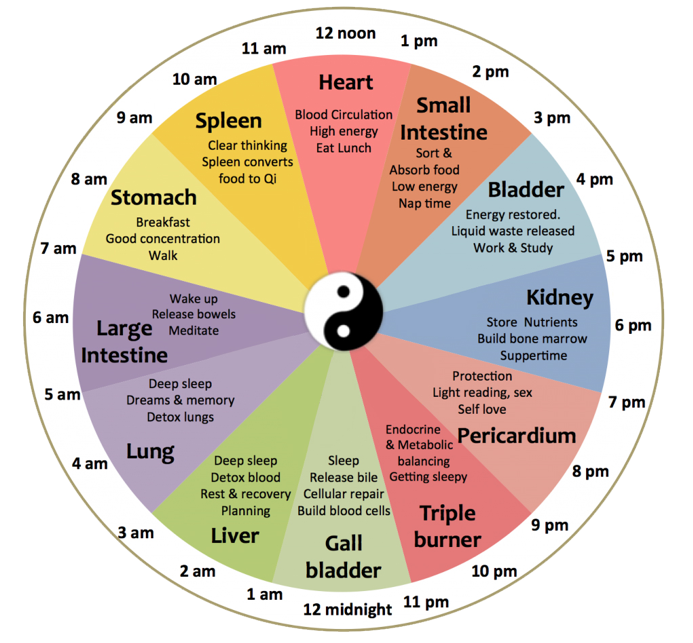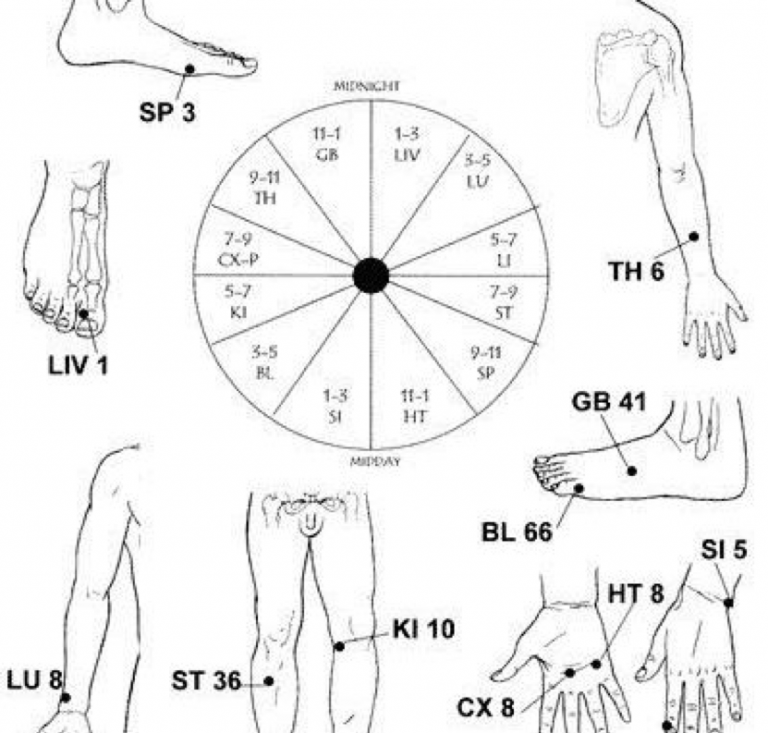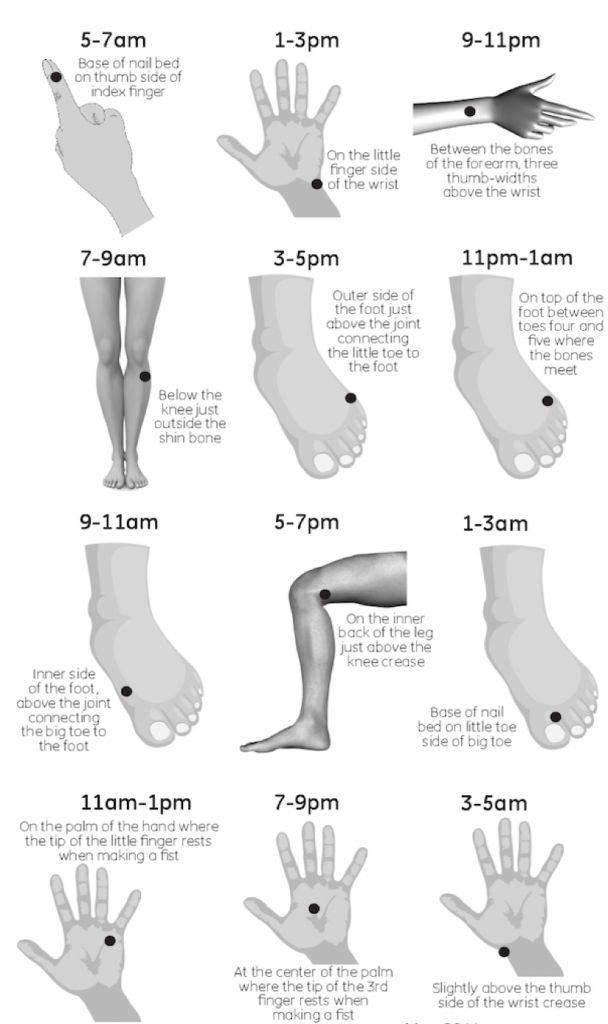
WHAT TIME IS IT?
USING THE MERIDAN CLOCK FOR THE JET SETTER
This post is contributed by One Drop member – Cherie Tseng.
Anyone who has traveled to a different time zone would have experienced the bane of all travellers: Jet Lag. For a long time, jet lag was put down to a “messed up state of mind” but studies have now shown that it results from an imbalance in our body’s circadian rhythm, our natural biological sleep clock that are impacted by the natural rise and fall of body temperature, plasma, hormonal levels and other bio-markers. In addition, it is further impacted by our exposure to sunlight and help determine when we sleep and wake.
As we travel across time zones, our circadian rhythm cannot keep up with rate of time change. In fourteen hours, a plane could take us to a country over eight hours behind your home country. Our circadian rhythm usually takes several days to adjust so most of us find that our sleep cycle gets all messed up with our body wanting to sleep because it is night in our home country despite it being in the middle of the afternoon where you may have travelled to.
In broad-strokes, we have 14 meridians, energetic pathways that run, literally like clockwork if all things are balanced. The primary two are known as the Central and Governing Meridian and are also known as centreline meridians and do not exist on the clock. The meridian clock comprises the other 12 meridians that corresponding to various organs in the body. One’s Qi moves through the 12 Meridians and do so in a precise manner, flowing one into the other — in its ideal state, at a “healthy” time for each. A full cycle takes 24 hours.

If we consider the flow from the break of day at two hour intervals, we begin with the Large Intestine at 5am, Stomach Meridian, Spleen Meridian then Heart Meridian that takes us through noon to 1pm. The flow moves to the Small Intestine Meridian at 1pm, Bladder Meridian at 3pm and the Kidney Meridian takes us to Sundown, running 5-7pm. Then we move to the Pericardium Meridian at 7pm, Triple Warmer Meridian which takes us from 9pm- 11pm and the Gall Bladder Meridian closes out at night, ending at 1am. The Liver Meridian takes center-stage at from 1-3am, and then the Lung Meridian takes us to dawn, 3am- 5am.
Jet lag is largely a modern issue and Traditional Chinese Medicine never included a module for the treatment for it. The application of acupressure and meridian studies to alleviate jet lag is the work of modern day practitioners of the meridian clock. Attributed to Dr. Amaro from the USA, who conducted studies on travellers over 12 years using specific acupressure points across the meridian clock with an impressive 96% success rate where travellers felt well adjusted at destination. For his placebo, he allotted false meridian points and those in the control group suffered jet lag. He called this the Horary cycle.

Diagram extracted from Dr. Amaro’s paper
Dr. Amaro’s overview paper can be found here:
The Horary cycle has, at the core of its ethos, that each meridian has a main acupressure point that goes through a two-hour peak activation in a given 24 hour timeframe. The theory states that the stimulation of the meridian that corresponds with destination time will help the body clock reset accordingly. To put it simply, you are tuning your body clock to the time of your final destination by stimulating the corresponding meridian of the destination time.
For example, flying from Singapore to London (-8hrs behind), you would stimulate the meridian vis-à-vis the main acupressure point of the meridian 8hrs behind the current time. If you flight arrives leaving Singapore arrives London at 4pm, you would stimulate the bladder meridian that peaks between 3-5pm.
You should hold the acupressure point for about two minutes ON EACH SIDE and it is also recommended that you reset your watch to the time of your destination before take off. Where possible, repeat this every 2-3 hours and for 2-3 hours upon arrival. You should do the same on your return leg to tune back.
The following diagram (credit Ms. Mary Golob) collates the meridian and time with the corresponding acupressure point with descriptions to locations that lends further clarity to travellers who want to beat that dreaded jet lag!

While the acupressure points are often good enough, you can add essential oils for a boost: Cedarwood, Lavender, Geranium, Bergamot and Roman Chamomile are fabulous addition to any of the Horary protocols you see here. An easy way is to make a take-along jet leg blend of Cedarwood + Lavender + V6 in a roller bottle. When you land, a Grapefruit + Bergamot face spritz is a fabulous way to get your system to tune up. Also, it smells glorious.
If you like Cherie’s articles and would like to purchase the Young Living oils or have further clarifications, please contact Cherie here. If you are ready to sign up as member to purchase, you can click here to join Cherie and her team.















0 Comments